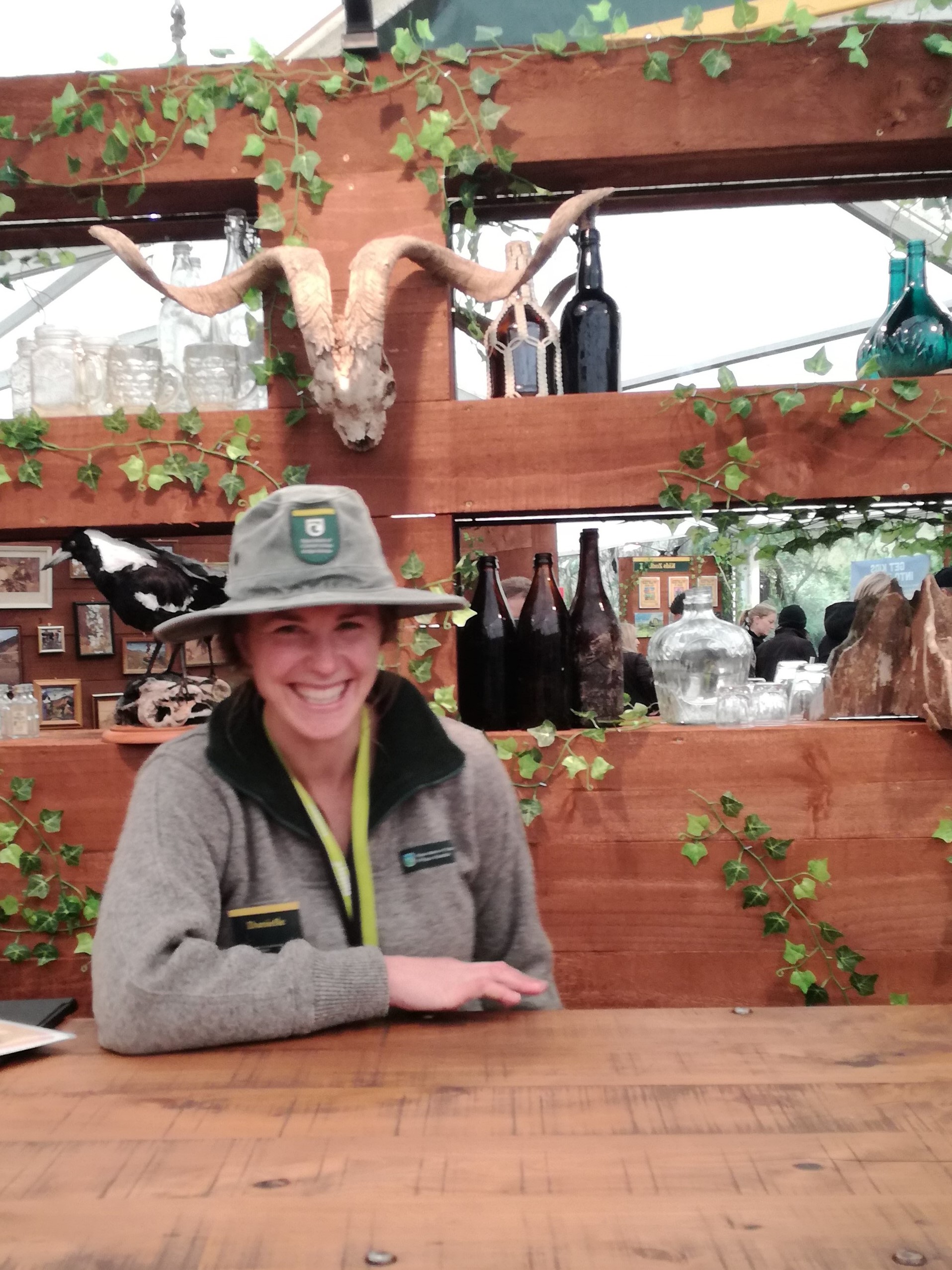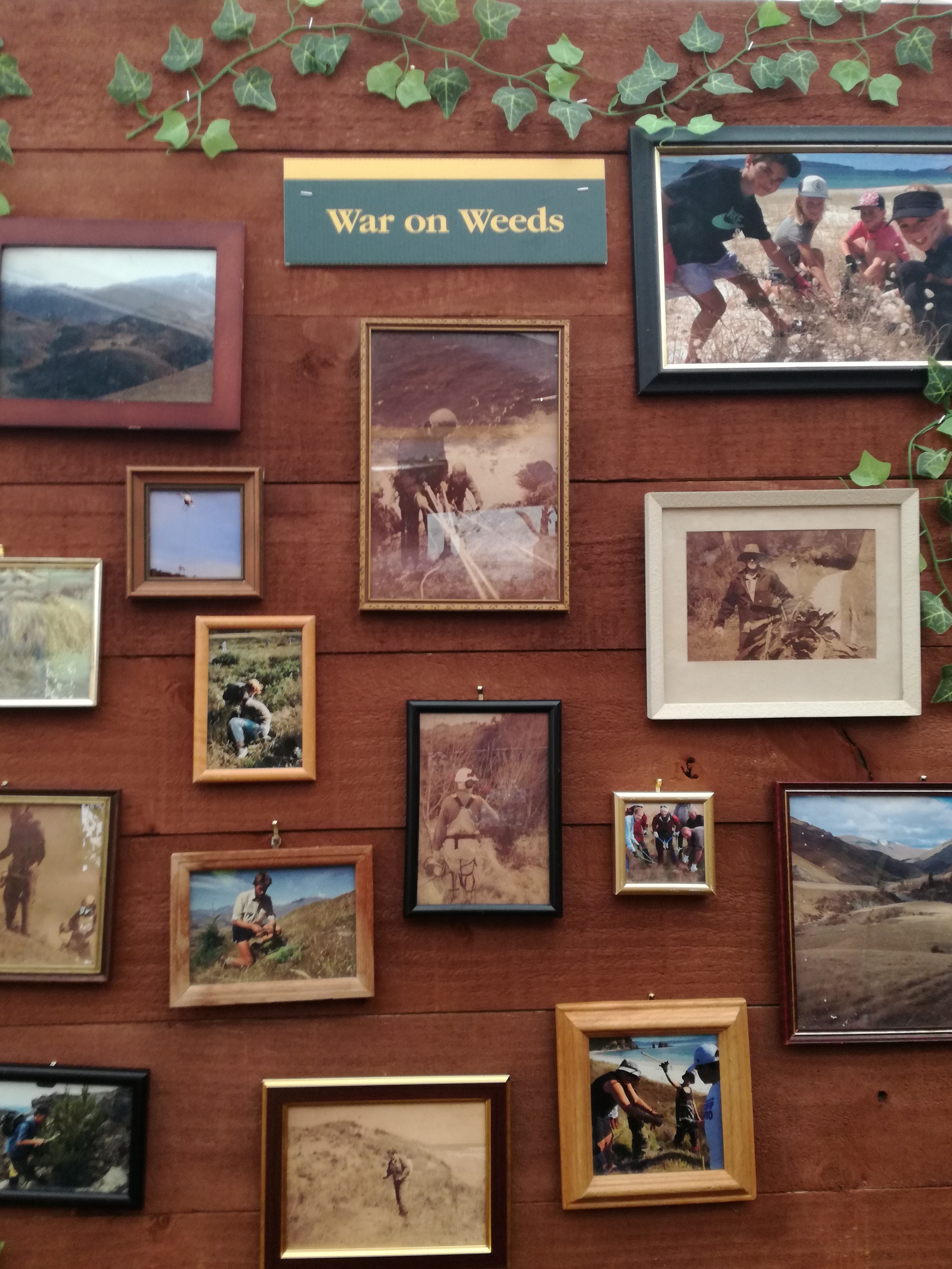Tackling the war on weeds
The Department of Conservation’s weed-busters are taking their environmental war to Fieldays, hoping to teach New Zealander’s about the baker’s dirty dozen weeds.

A team of conservation warriors have arrived at Fieldays, armed and ready to tackle the War on the Weeds.
Weed busters is a campaign run by the Department of Conservation that works with the Queen Elizabeth II Trust and has now been running for more than 10 years.
Two years ago, the Waikato Weed-busting Squad took on Waikato’s pesky plant problems, with a mobile team visiting properties to abolish them.
“DOC has a national focus on the war on weeds. That’s it’s a big campaign and then it’s got a dirty dozen, which is actually a dirty baker’s dozen,” said community ranger for DOC, Danielle Hart.
The baker’s dirty dozen is a list of 13 common weeds that threaten the conservation of native vegetation.
Banana passionfruit, English ivy, Darwin’s barberry, wandering willie, and wild ginger are just a few that have made it to the sinister list.
“Wandering willie and wild ginger actually get into the forest,” Hart said. “And some of the vines will take down big trees.”
Many of the weeds smother smaller native plants and banana passionfruit can cause canopy collapse.
DOC has recently launched a new mobile app, called NatureWatchNZ where users can post a photo of a weed and guess which of the baker’s dirty dozen it is. Within about 24 hours a scientist will reply to the user and let them know.
Hart, who organised the Fielday’s DOC exhibition said it was important to teach people how to tell a weed from native vegetation.
“A weed is just a plant in the wrong place,” Hart said. “Something like 70 per cent of weeds start in a garden.”

The problem is they do not tend to look harmful.
“They’re all really pretty,” Hart said. “They’ve all got really nice flowers.
“We’re trying to raise awareness of the fact that weeds are an environmental problem,” Hart said.
“Birds eat the berries, they’ll travel, poop it out, and that will spread kilometres,” she said.
“One of the best things you can do is deal with the weeds in your backyard.”
A member of the Waikato Weed Busters squad, Jan Simmons, said sometimes weed problems become too much for landowners when they did not know where to look.
“Sometimes people have no idea that they have that weed in their garden,” Simmons said.
“Weeds can come up unseen in vegetation, you look from the outside and it might look quite good. Then you get a bit closer and go ‘oooh’.
“The main problem is that they do destroy. They take over and prevent native vegetation from growing.”




